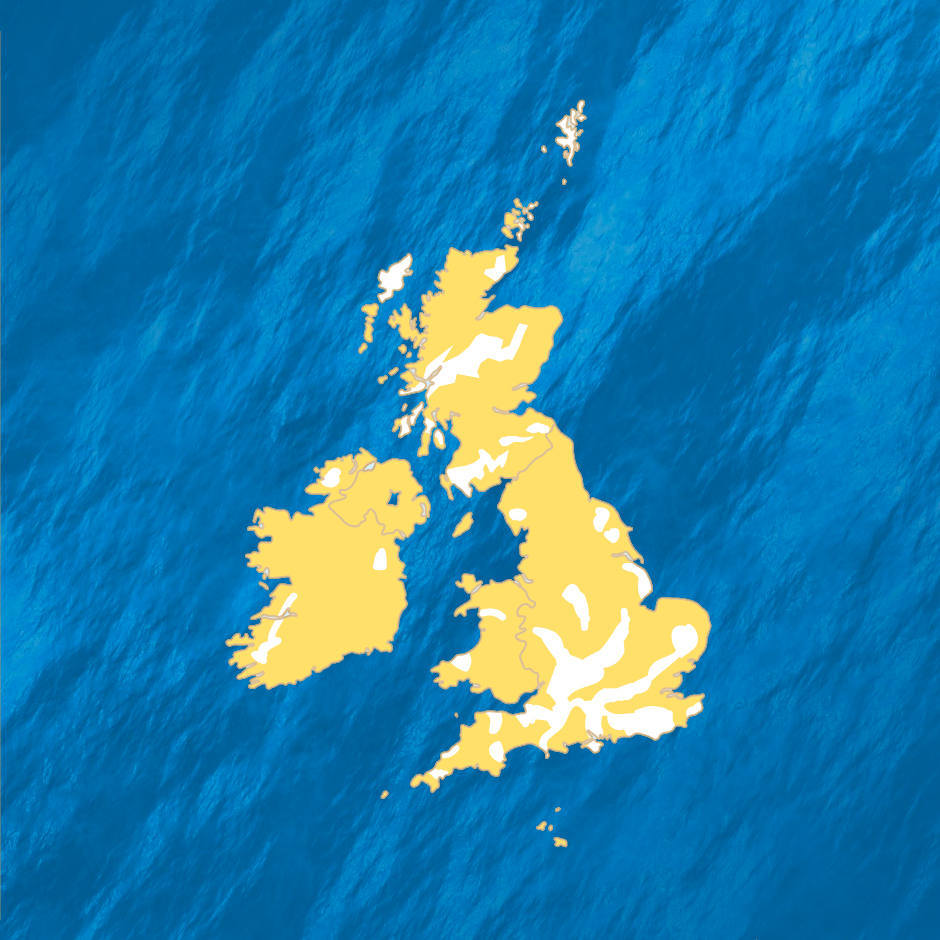
Each spring, Swifts, Swallows, House Martins and Sand Martins make one of nature’s most epic journeys, flying all the way from Africa to our shores to breed. At first glance, these avian athletes can look very similar, but there are some key differences between them. Have a read of our handy ID guide and soon you’ll know your Swifts from your Swallows.

